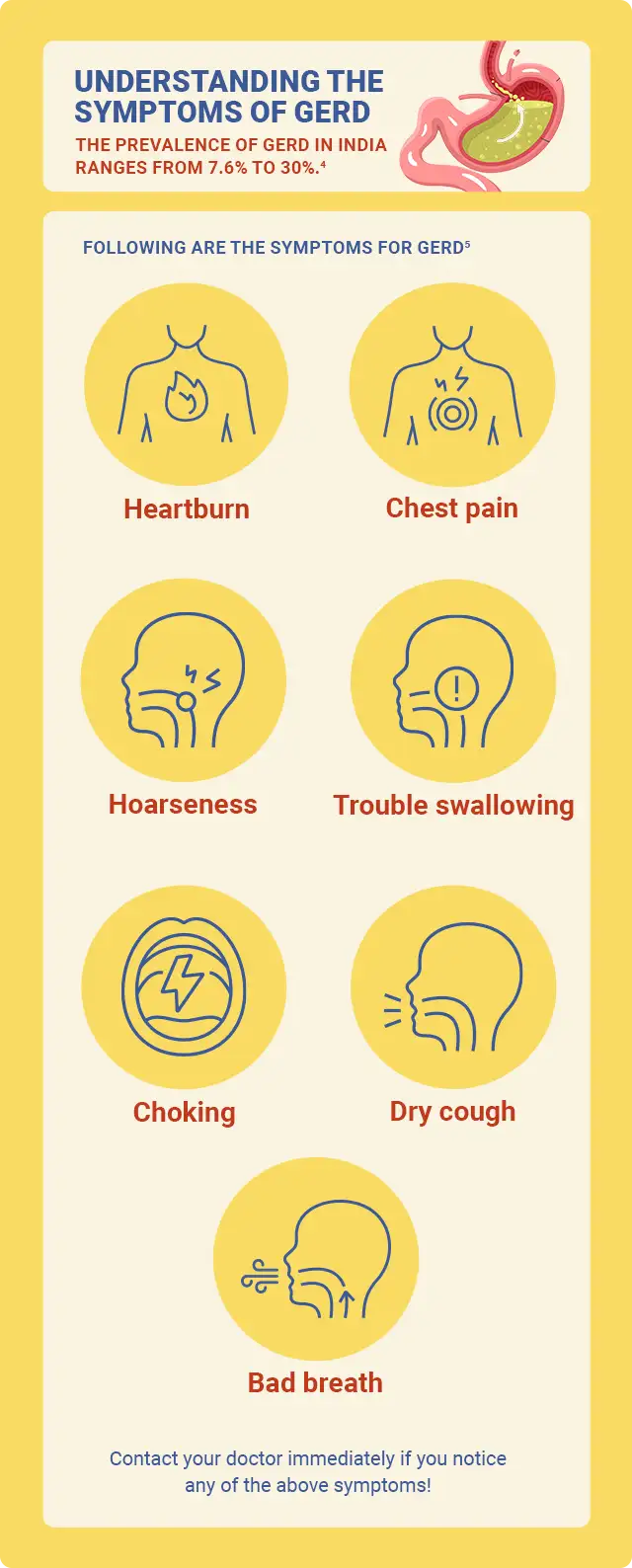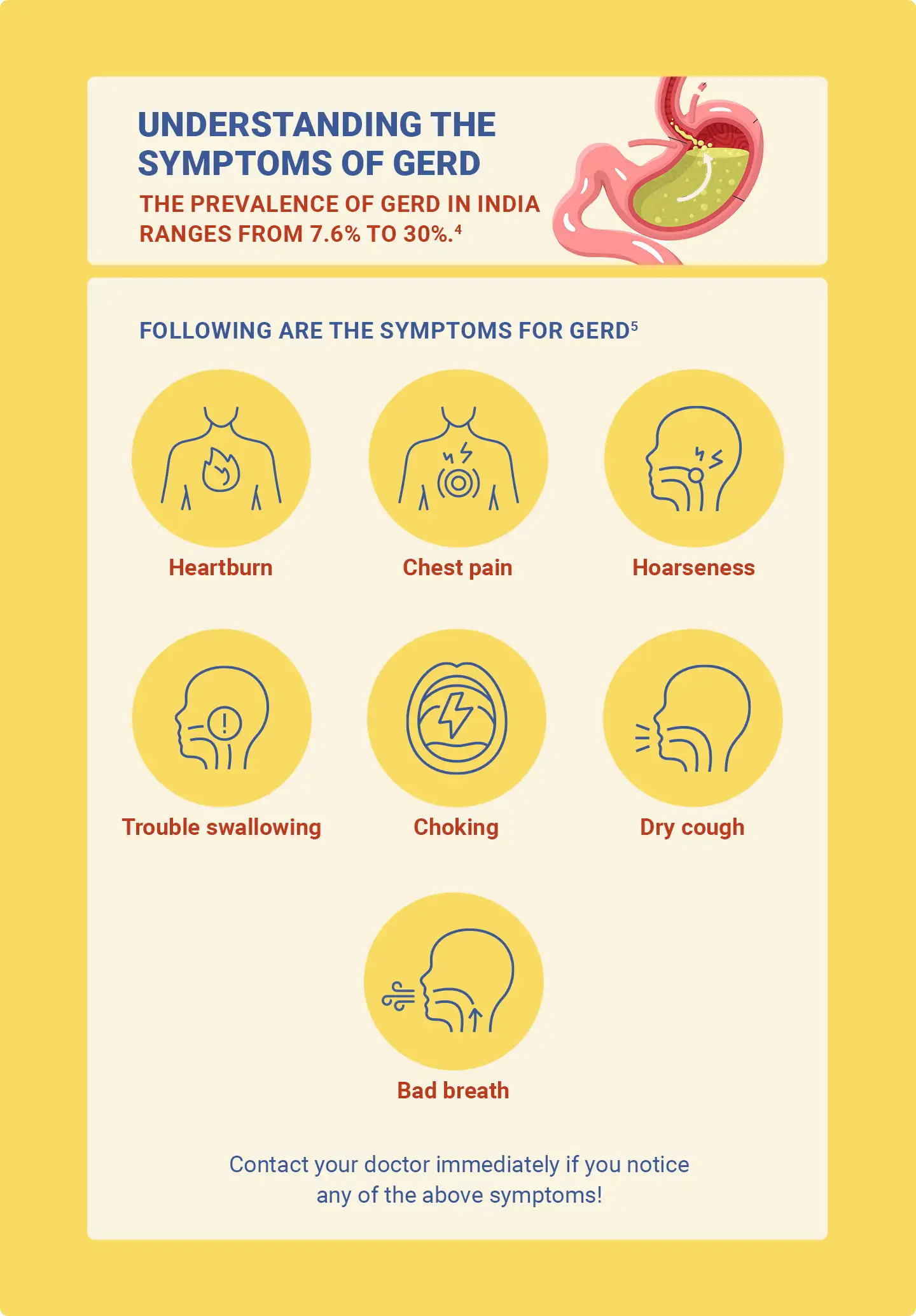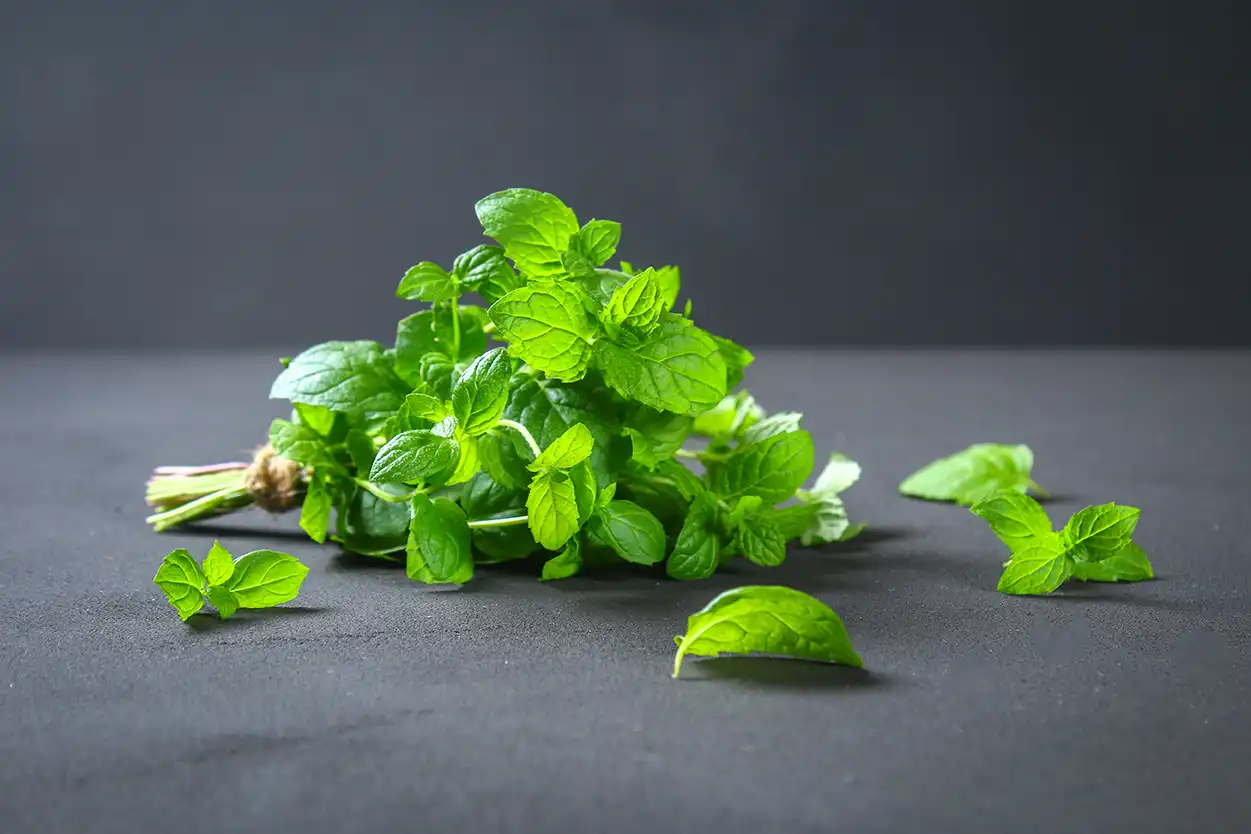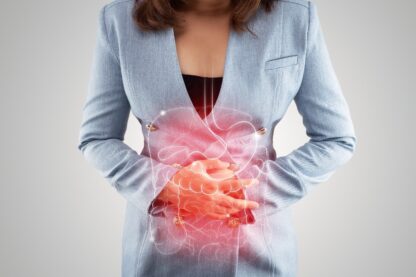The Burning Truth about Gastroesophageal Reflux Disease
4 min read
GERD: The Burning Truth about Gastroesophageal Reflux Disease
The condition known as gastroesophageal reflux disease (GERD) or simply reflux occurs when stomach contents, such as food, acid, or other substances, flow back up into the esophagus (the tube connecting your mouth to your stomach), and possibly all the way into your throat and mouth.1
The most typical GERD symptom is heartburn which is a burning sensation in your chest or throat due to acid reflux. This burning sensation occurs when the acid comes in contact with your esophagus (or what feels like your throat).1
Risk factors2
Conditions that can elevate your risk of GERD include:
- Obesity
- Bulging of the top of the stomach over the diaphragm (hiatal hernia)
- Pregnancy
- Connective tissue disorders, such as scleroderma
- Delayed stomach emptying
Factors that can worsen acid reflux include:
- Smoking
- Eating large meals or eating late at night
- Eating certain foods (triggers) such as fatty or fried foods
- Connective tissue disorders, such as scleroderma
- Drinking certain beverages, such as alcohol or coffee
Alarming symptoms1
- Chest pain with activity, such as climbing stairs
- Losing weight without trying
- Choking while eating or trouble swallowing food and liquids
- Throwing up blood or material that looks like coffee grounds
- Red or black stools
Daily habits to fight against GERD1
- Avoid eating or drinking anything that causes you heartburn or other unpleasant symptoms
- During meals, consume smaller portions of food and avoid overeating
- Stop eating three hours before going to bed
- Use blocks or phone books to raise the bed's head by four to six inches
- Lose weight if you are overweight
- Stomach pressure could worsen reflux. Avoid wearing tight clothing, as well as body shapers and top hosiery. Additionally, stomach crunches, leg lifts, and sit-ups could cause reflux
- Quit smoking


Show References









